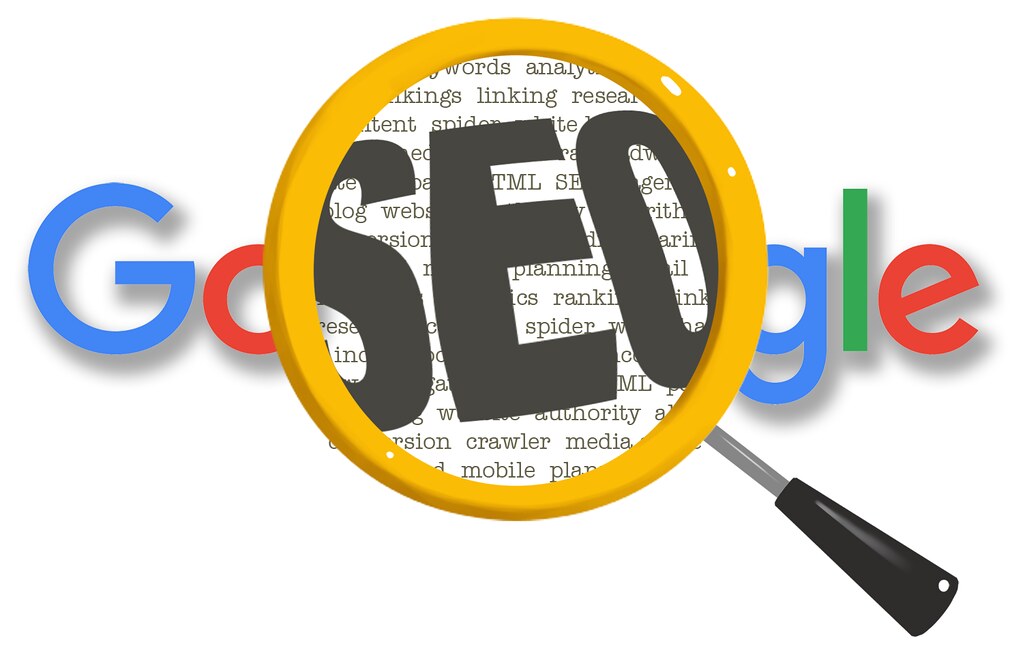SEO Strategy 101: A Beginner’s Guide to Search Success

If you’re new to the world of SEO, the amount of information out there can feel overwhelming. Algorithms, backlinks, metadata—where do you even start?
Good news: you don’t need to be a technical expert to see results. In fact, a well-structured SEO strategy rooted in timeless best practices will take you further than chasing every new trend. In this guide, we’ll break down what SEO really is, which strategies still work in 2025, and how you can start building your own SEO foundation—step by step.
What Is SEO (and Why It Still Matters in 2025)
SEO, or Search Engine Optimization, is the process of improving your website so that it appears higher in search engine results—especially Google.
SEO is important because organic search remains one of the top sources of website traffic. But it’s not just about rankings—it’s about visibility, trust, and helping users find exactly what they’re looking for.
In 2025, SEO is more about user value than search engine “hacks.” That’s where strategy comes in.
The Pillars of an Effective SEO Strategy
Every solid SEO plan rests on a few core elements. Here’s what still works today—and what you should prioritize.
1. On-Page SEO: Optimizing What You Control
This refers to everything on your website—from content to technical setup.
Content Optimization
High-quality content is the heart of SEO. But in 2025, quality means more than just length or keyword use.
What to focus on:
- Write for search intent—what does the user want to know or do?
- Use clear, scannable structures: headings, bullet points, and short paragraphs
- Add visuals, videos, or infographics to improve engagement
- Include semantic keywords and related phrases naturally
Meta Tags & URLs
- Title tags: Clear, relevant, and under 60 characters
- Meta descriptions: Compelling summaries (like your site’s elevator pitch)
- URLs: Clean, descriptive, and keyword-aligned
2. Technical SEO: The Site’s Backbone
Even the best content won’t rank if search engines can’t crawl or index your site.
Key tasks:
- Use HTTPS for security
- Submit a sitemap to Google Search Console
- Make sure your site is mobile-friendly (more on that soon)
- Improve page load speed
- Fix broken links or crawl errors
Mobile-First and UX: Designing for Real Users
Google now uses mobile-first indexing, which means it evaluates your site based on its mobile experience first.
Mobile-First Best Practices
- Use responsive design—your site should work on all devices
- Prioritize fast loading (under 2.5 seconds)
- Avoid small fonts or tap targets that are hard to click
UX and Engagement Signals
User experience (UX) is a ranking signal. If users bounce quickly or don’t engage with your content, Google takes notice.
Improve UX by:
- Using clear headings and navigation
- Writing helpful, relevant content
- Minimizing distractions like popups or autoplay videos
EEAT: Why Trust Is the New SEO Currency
In 2025, Google places a major emphasis on EEAT—Experience, Expertise, Authoritativeness, and Trustworthiness. If your site can’t demonstrate these qualities, it’s unlikely to rank for competitive or sensitive topics (especially in finance, health, or legal fields).
How to Build EEAT into Your SEO:
- Add detailed author bios with credentials
- Cite trustworthy sources and link out to them
- Include real reviews, testimonials, or case studies
- Maintain up-to-date content
- Use secure hosting and display clear contact info
Off-Page SEO: Building Authority Outside Your Site
Search engines also look at what happens off your site—especially backlinks from other websites.

Backlink Building That Works in 2025
Forget spammy directories or buying links. The best backlinks are:
- Relevant to your industry or topic
- Earned through value (like guest posts or original research)
- Natural (not overly optimized anchor text)
Start with:
- Guest posting on credible industry blogs
- Answering journalist queries via HARO
- Creating link-worthy resources like data studies or expert roundups
Outdated SEO Tactics to Avoid
Some strategies that used to work are now harmful—or at best, a waste of time.
Steer Clear of:
- Keyword stuffing: It makes content unreadable and gets flagged
- Low-quality backlinks: Paid links or irrelevant sites don’t help (and can hurt)
- Exact-match domains: Google no longer favors these over branded URLs
- Duplicate content: Every page should offer unique value
- Spun or AI-only content: Without human editing, it often lacks clarity and depth
If it feels like a shortcut, it’s probably not sustainable.
Building Your Beginner SEO Plan: Step-by-Step
So where should you start? Here’s a roadmap for your first SEO strategy.
Step 1: Keyword Research
Use tools like Google Keyword Planner, Ubersuggest, or Ahrefs to find keywords your audience searches for. Look for:
- Medium competition
- Clear search intent
- Keywords you can realistically rank for
Step 2: Create High-Quality Content
- Address the topic thoroughly
- Use visuals and formatting for clarity
- Link internally to other helpful pages
Step 3: Optimize Each Page
- Add meta titles and descriptions
- Use your primary keyword in the URL, title, and H1
- Optimize images with alt text
Step 4: Make Your Site Technically Sound
- Mobile-friendly design
- Fast page speed
- SSL certificate installed (HTTPS)
Step 5: Start Earning Backlinks
- Pitch guest posts
- Share your content on social media
- Reach out to niche blogs or directories
Actionable SEO Checklist for Beginners (2025)
✅ Choose keywords based on intent and competition
✅ Write content that answers real questions
✅ Use headings, bullet points, and visuals for better UX
✅ Ensure your site loads fast and works on mobile
✅ Add meta titles, descriptions, and clean URLs
✅ Build internal links across your site
✅ Earn high-quality backlinks from trusted sources
✅ Show expertise and trust with author bios and citations
✅ Avoid keyword stuffing and duplicate content
✅ Track performance with Google Search Console and GA4
releated:Reasons why tile sellers need SEO Optimization
Final Thoughts
SEO doesn’t have to be overwhelming—especially when you focus on long-term value over short-term tricks. A good SEO strategy is simply about helping the right people find helpful, trustworthy content.
If you stick to the fundamentals, optimize for users first, and avoid outdated tactics, your SEO efforts in 2025 will pay off—no hacks required.
Whether you’re running your first blog, launching a business, or managing a marketing team, the steps above will give you a solid foundation. Remember: SEO is a long game—but when played right, it delivers lasting results.



